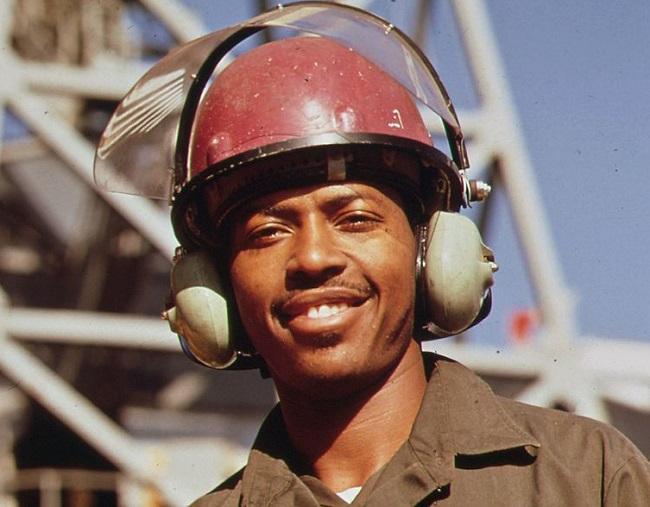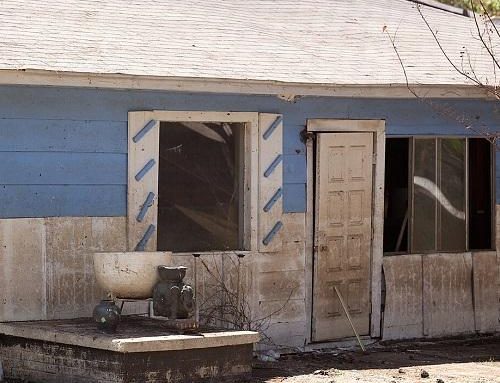Whether you’re working in construction, manufacturing, or any other field that exposes you to potential hazards, the right eye and face protection can mean the difference between going home safely at the end of the day or ending up in the emergency room.
With that in mind, I want to share with you some key considerations for selecting and using eye and face protection on the job. Whether you’re an employer looking to provide your employees with the best possible protection, or an individual worker looking to take control of your own safety, these tips will help you make informed decisions about the gear you need to stay safe on the job.
- Assess the hazards: Assessing the hazards is the first step in selecting the right eye and face protection for the job. Different types of gear are designed to protect against specific hazards, so it’s important to have a clear understanding of what hazards you’ll be facing before you can choose the right gear. For example, if you’ll be working with chemicals, you’ll need goggles that provide a tight seal around your eyes to protect against splashes. If you’ll be working in an environment with bright lights, you’ll need safety glasses or goggles with special lenses that can reduce glare. By assessing the hazards, you can ensure that you’re choosing the right gear to keep you safe on the job.
- Choose the right gear: Once you’ve assessed the hazards, it’s time to choose the right gear. As mentioned earlier, there are many different types of eye and face protection on the market, and each one is designed to protect against specific hazards. Safety glasses, for example, are designed to protect your eyes from flying debris, while goggles are designed to protect your eyes from chemicals. Similarly, face shields are designed to protect your face from flying debris and other hazards. It’s important to choose the gear that is appropriate for the hazards you’ll be facing. For example, if you’ll be working with chemicals, you’ll need goggles with a tight seal around your eyes, not just safety glasses. By choosing the right gear, you can ensure that you’re protected against the hazards you’ll be facing on the job.
- Make sure the gear fits properly: Once you’ve chosen the right gear, it’s important to make sure that it fits properly. Ill-fitting gear can be less effective or even dangerous. Goggles, for example, should fit snugly around your eyes without putting pressure on your nose or temples. Safety glasses should sit comfortably on your nose and ears, and the lenses should be large enough to cover your eyes without blocking your peripheral vision. By making sure the gear fits properly, you can ensure that it’s providing the protection it’s designed to provide.
- Use it correctly: Even the best eye and face protection is only effective if it’s used correctly. This means making sure that your gear is in good condition and that you’re using it correctly. For example, goggles should be worn over your eyes, not on top of your head, and safety glasses should be worn over your eyes, not on top of your head. Additionally, make sure to use the gear as it is intended. For example, a face shield is not a substitute for goggles when working with chemicals
- Keep it clean: Eye and face protection can become less effective over time, especially if it becomes dirty or damaged. To keep your gear in top condition, you should clean it regularly and replace it when it becomes worn or damaged. Cleaning your gear is a simple task, yet it can make a big difference in keeping your gear functioning properly.
- Train your employees: If you’re an employer, it’s important to make sure that your employees are properly trained on how to use their eye and face protection. This includes things like how to put it on, how to adjust it, and how to clean it. By providing proper training, you can ensure that your employees know how to use the gear correctly and that they understand the importance of using it.
- Comply with OSHA: OSHA requires employers to provide their employees with appropriate eye and face protection when working in hazardous environments. Employers must also ensure that their employees know how to use the equipment properly and that it is maintained in a safe condition. By complying with OSHA, you can ensure that your employees are protected against hazards on the job and that your business is in compliance with federal regulations. Failure to comply with OSHA regulations can result in hefty fines and penalties, so it’s important to take compliance seriously. Keep in mind that OSHA requirements are continuously updated, so it’s important to stay informed and up-to-date on the latest regulations to ensure continued compliance.
In conclusion, protecting your eyes and face on the job is crucial to ensure your safety and health. Assessing the hazards, choosing the right gear, making sure it fits properly, using it correctly, keeping it clean, training your employees, and complying with OSHA are all key considerations to ensure that you stay safe on the job. Remember, the right eye and face protection can make all the difference in the world, so don’t take it for granted. By following these tips, you can ensure that you’re properly protected and that you’re doing everything you can to stay safe on the job.










